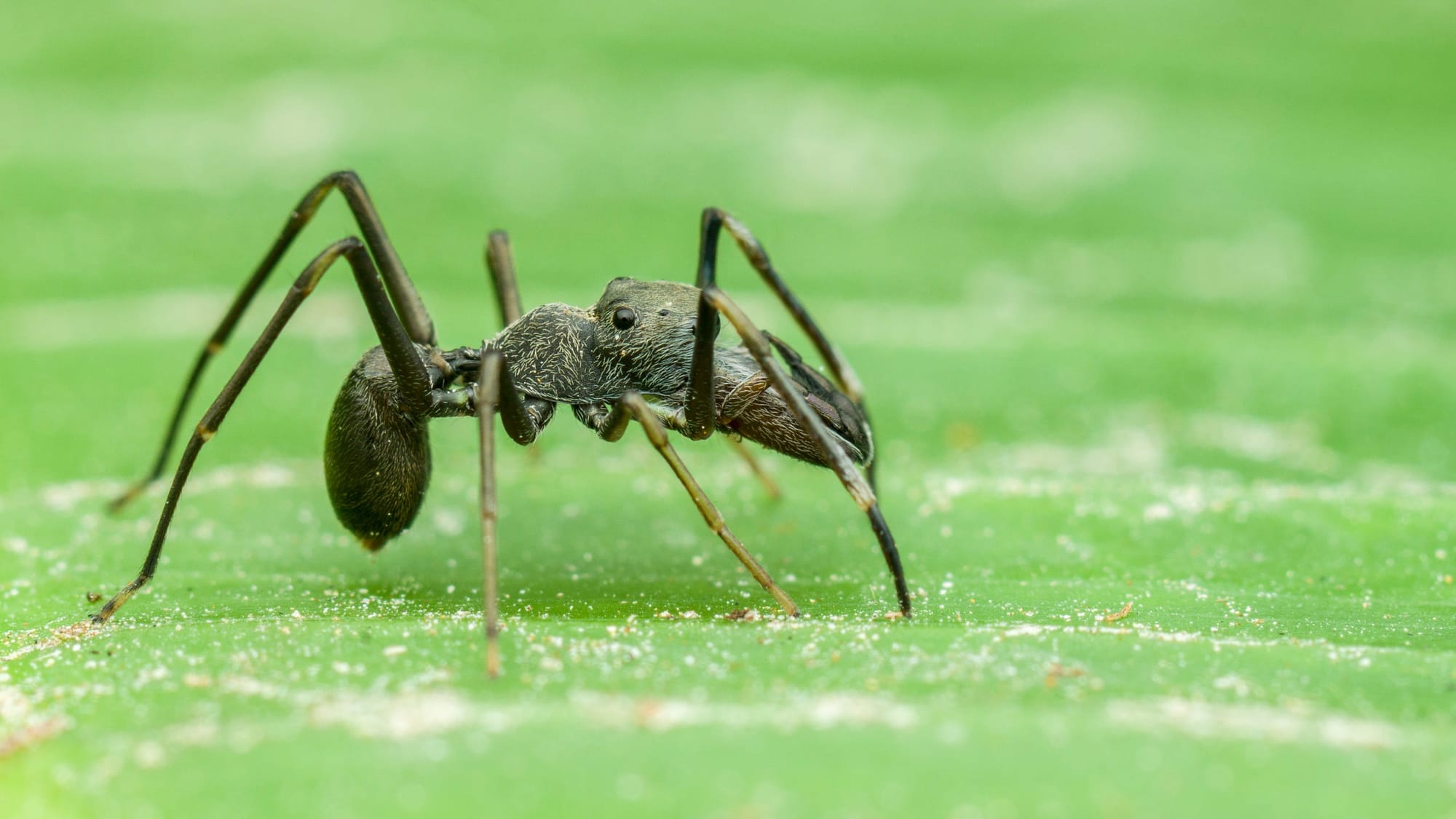
Welcome back! I hope you all did not miss my stories too much over the one month break. It has been a crazy few weeks here in Florida thanks to Hurricane Irma, but do not worry, I am fine and ready to begin bringing you a whole new set of stories about the natural world. The topic for Season 4, thanks to a suggestion by my good friend Bree, is mimicry.
Mimicry is the name for when an organism that has developed to appear similar to another organism. This similar appearance is beneficial to the mimic in some manner, either through increased survival or reproduction.
There are over a dozen different types of mimicry. Each one has subtle differences, and is usually named after the person who first described it. However, in the interest of readability, I will not describe each of those here. Instead, I will simply elaborate on the broader categories of mimicry that we will discuss this Season. These categories are based on the evolutionary and survival benefit derived from the mimicry.
The first category is ‘defensive’ mimicry. This is the type of mimicry that tends to come to mind first to people. It helps protect an organism from predators or other harmful encounters. This can be done by an innocuous organism resembling a harmful one, such as a poisonous or venomous individual. Other examples involve species mimicking the appearance of their own predator or parasite to avoid detection or mimicking a non-prey item (this is the case for many ant mimic spiders, such as the one pictured above).
The second category is ‘aggressive’ mimicry. In this instance, the mimic is the attacker and is attempting to fool its prey (or host in the case of a parasite). By blending in with more innocuous, or even beneficial, species, the aggressive mimic can get closer to its target and more frequently succeed in getting a meal or acquiring a host.
The third and final broad category is ‘reproductive’ mimicry. Instead of a predator/prey or parasite/host relationship like the first two, this mimicry is done to aid the mimic in its own reproduction. This often occurs with plants, which have found various ways to attract pollinators without having to give a nectar meal like the mutualistic relationships I described in Season 2.
There are other types of mimicry that only slightly fit in to these categories, but I will go into those in more detail when the time comes for those particular stories.
I hope you all are as excited for this new season as I am. If you like my stories, please like, subscribe, and share them on Facebook or other social media. Also, I’m always looking for new stories. If you have an idea for a topic for a future season, let me know and if I use it, I’ll give you a shout out in my introductory post.